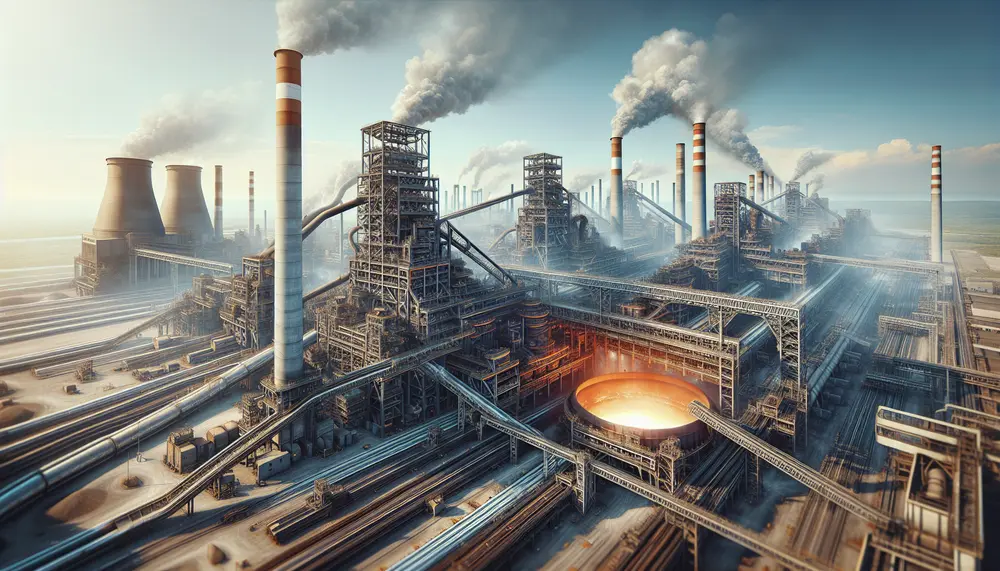Vanadium
Vanadium
Was ist Vanadium?
Im Kontext von Stahlproduktion und Stahlhandel kommt oft das Wort Vanadium vor. Aber was bedeutet es genau? Einfach gesagt, Vanadium ist ein chemisches Element mit dem Symbol 'V' und der Ordnungszahl 23. Es ist ein hartes, silbergraues Metall, das bekannt dafür ist, seine Form gut zu halten.
Die Beziehung zwischen Vanadium und Stahl
Ist das Metall Vanadium erst einmal in seiner reinen Form vorhanden, so wird es oft zur Erhöhung der Stärke, Härte und Wärmestabilität von Stahllegierungen verwendet. Man könnte sagen, dass Vanadium dem Stahl super Kräfte verleiht! Sie haben vielleicht schon von Hochgeschwindigkeitsstahl oder HSS-Stählen gehört. Guess what? Diese Stähle enthalten oft Vanadium!
Warum Vanadium in Steel Production und Steel Trade wichtig ist
Jetzt fragen Sie sich vielleicht, warum Vanadium so wichtig ist, dass es einen eigenen Punkt in unserem Glossar bekommt. Nun, das liegt daran, dass Vanadium das Potential hat, die Effizienz der Stahlproduktion zu verbessern. Es macht den hergestellten Stahl nicht nur härter, sondern auch widerstandsfähiger gegen Verschleiß und Wärme. Das ist ein großer Pluspunkt in Branchen, in denen starker mechanischer Stress und hohe Temperaturen eine Rolle spielen.
Vanadium im Stahlhandel
Im Stahlhandel ist auch die Wertschöpfungskette von Vanadium von Interesse, da es die Eigenschaften von Stahl, mit denen Handel betrieben wird, direkt beeinflusst. Darüber hinaus ist die Verfügbarkeit und der Preis von Vanadium auch ein wichtiger Faktor für die Kosteneffizienz von Stahlprodukten. Es ist also kein Wunder, dass sowohl Hersteller als auch Händler ein Auge auf Vanadium haben!
Blog Posts with the term: Vanadium
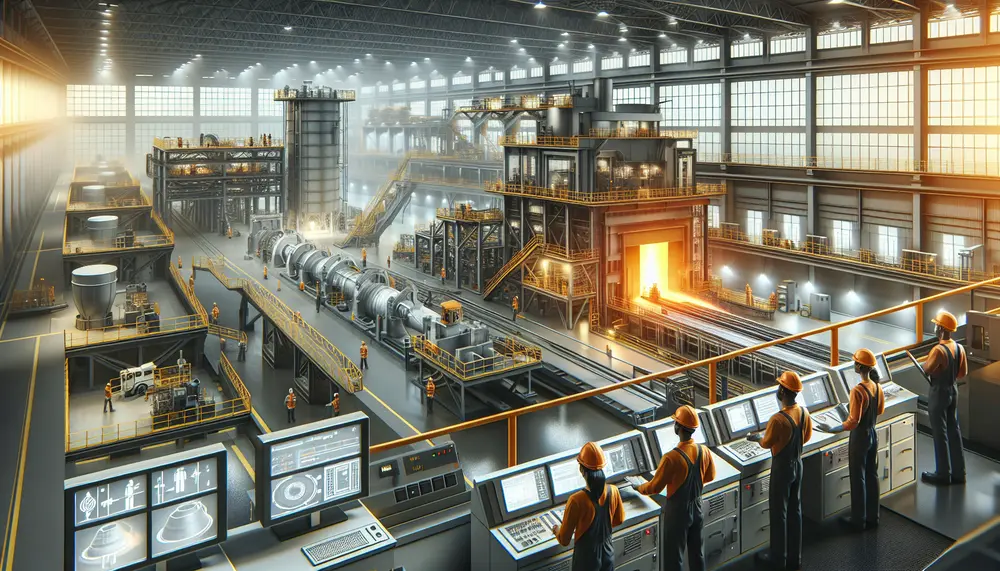
The article explains the importance of understanding a steelmaking flow chart, which outlines each step from raw material preparation to final products, aiding in efficiency and productivity. It details key components like raw materials (iron ore, limestone, coal), primary steps...
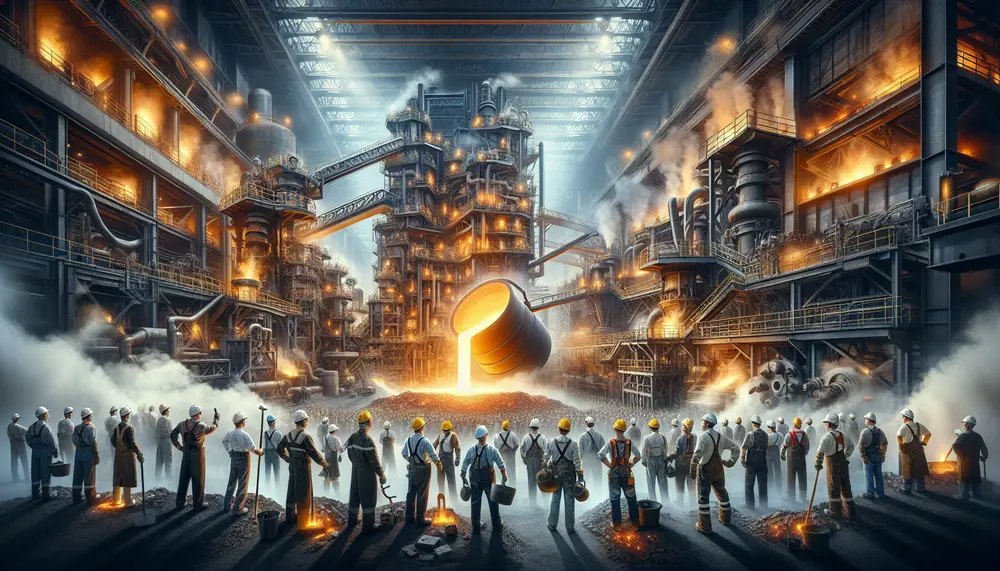
The article provides an overview of steel making, detailing its historical evolution and main processes such as ironmaking, primary and secondary steelmaking, casting, and forming; it highlights the importance of methods like the basic oxygen process and electric arc furnace...
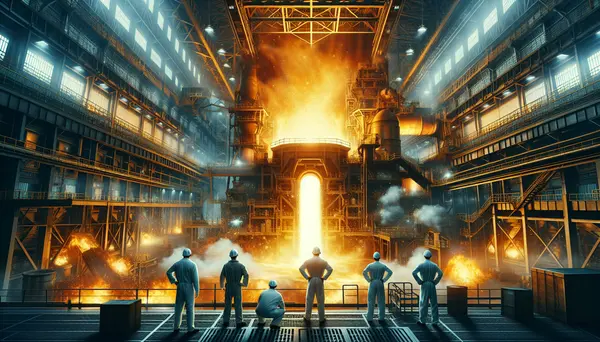
The steelmaking process involves complex chemical reactions to transform iron ore into steel, an alloy primarily made of iron and carbon. The Basic Oxygen Steelmaking (BOS) method is the most common way to produce steel, where a high-purity stream of...
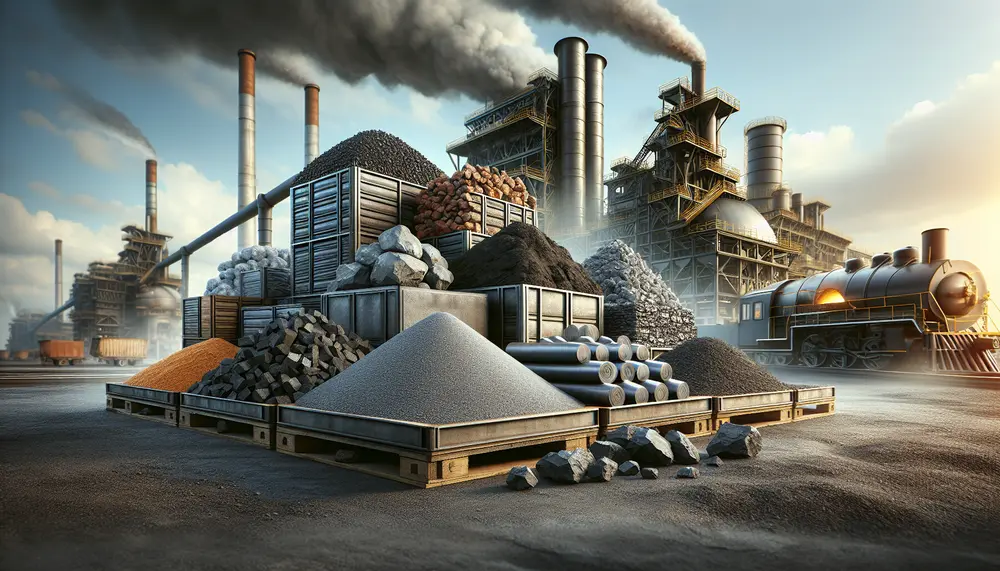
Steel production relies on a balance of raw materials like iron ore, coal, limestone, and scrap metal to determine the characteristics of different steel types. Understanding these ingredients is crucial for industry professionals as they influence strength, durability, and quality...
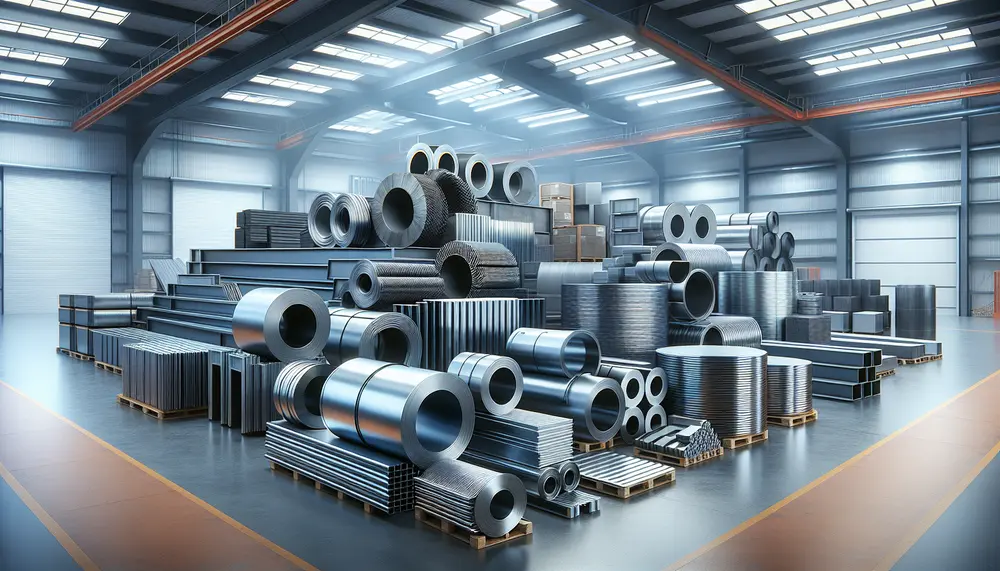
Steel is an iron-carbon alloy with varying carbon content that determines its hardness, ductility, and tensile strength; other elements like chromium can be added to enhance specific properties such as corrosion resistance. Steel products are categorized into four main types:...
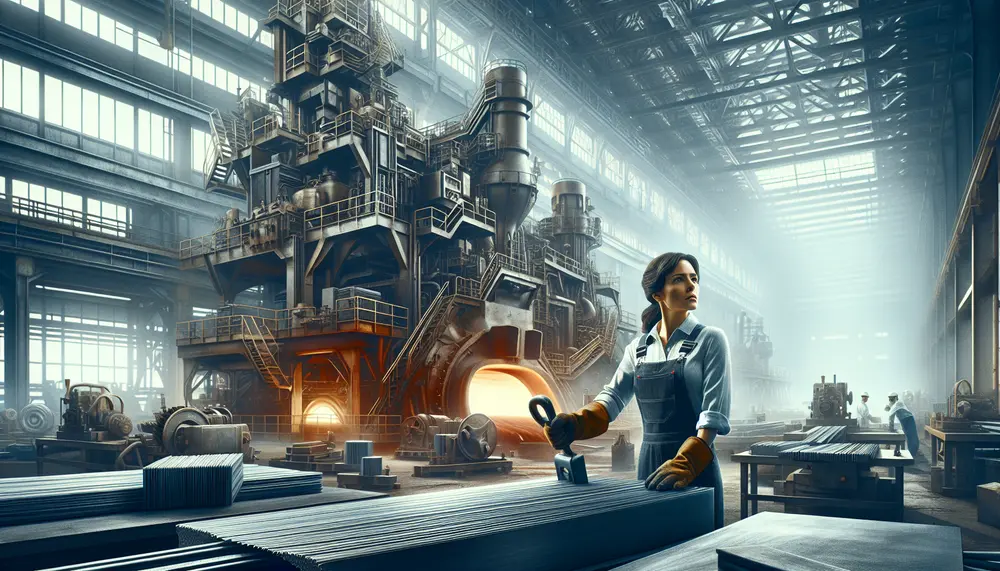
The article provides a comprehensive guide to steel production, simplifying core concepts for beginners and detailing key processes such as the Basic Oxygen Furnace (BOF) and Electric Arc Furnace (EAF) methods. It covers essential steps from ironmaking to finishing, offering...
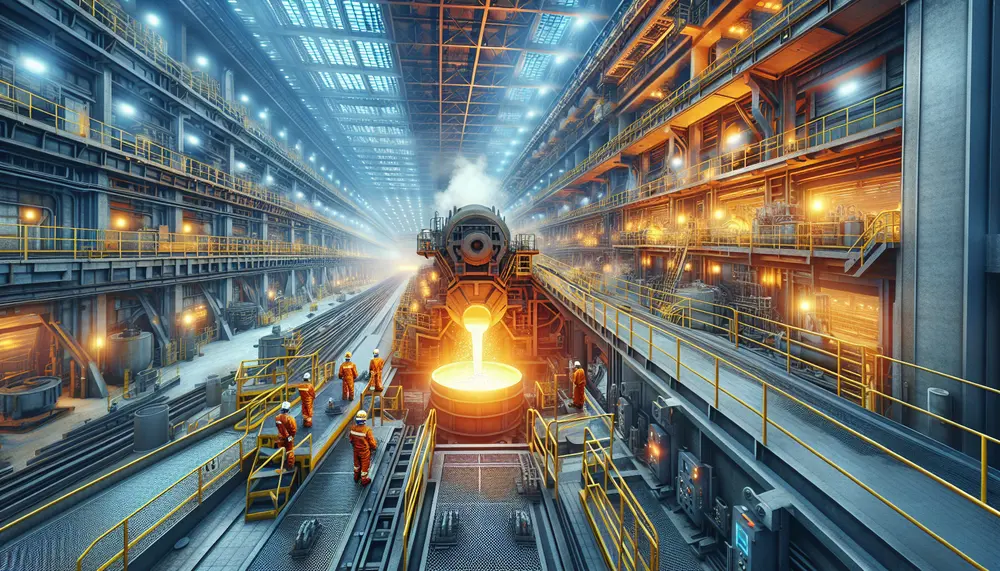
The Ladle Metallurgy Furnace (LMF) is a crucial advancement in modern steel production, allowing for precise control over the chemical composition and temperature of molten steel to produce high-quality products. This technology involves transferring liquid steel into a specialized furnace...
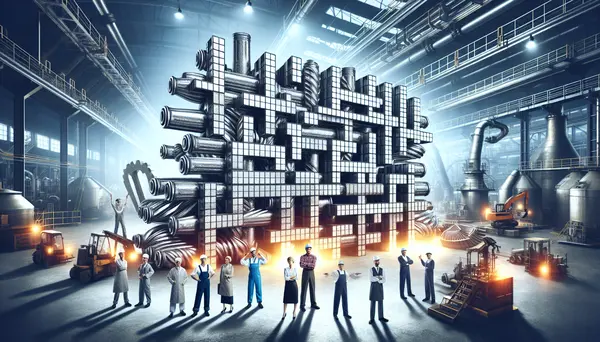
Steel making is a complex process involving the production of steel from iron ore and scrap, where impurities are removed and alloying elements added to create different grades. The process includes two main steps: ironmaking (extracting iron from ore) and...
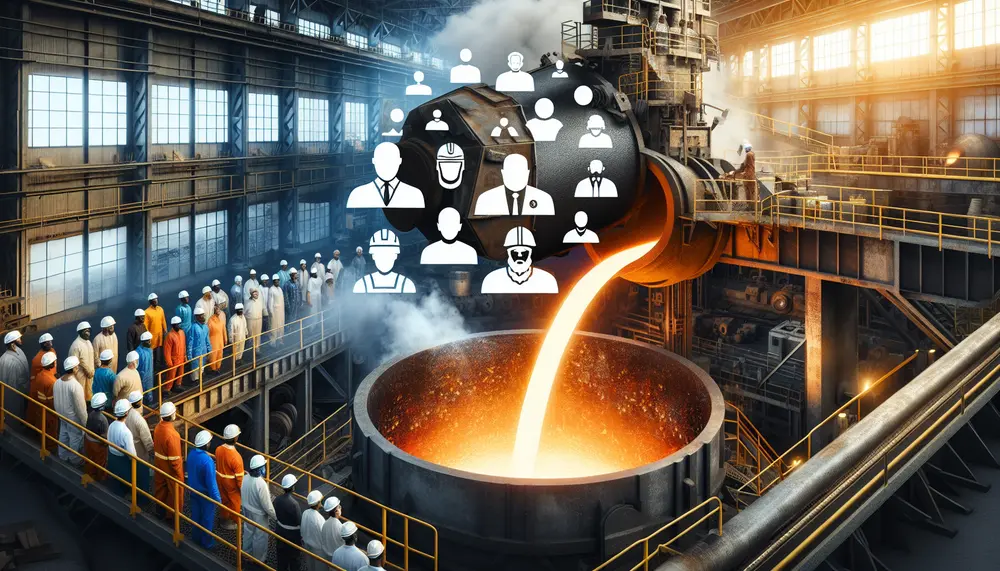
The concept of steelmaking grade is crucial in determining the quality and properties of steel, influencing efficiency, durability, and safety across various industries. Steel grades are classified based on chemical composition and production processes, with advancements in technology and global...
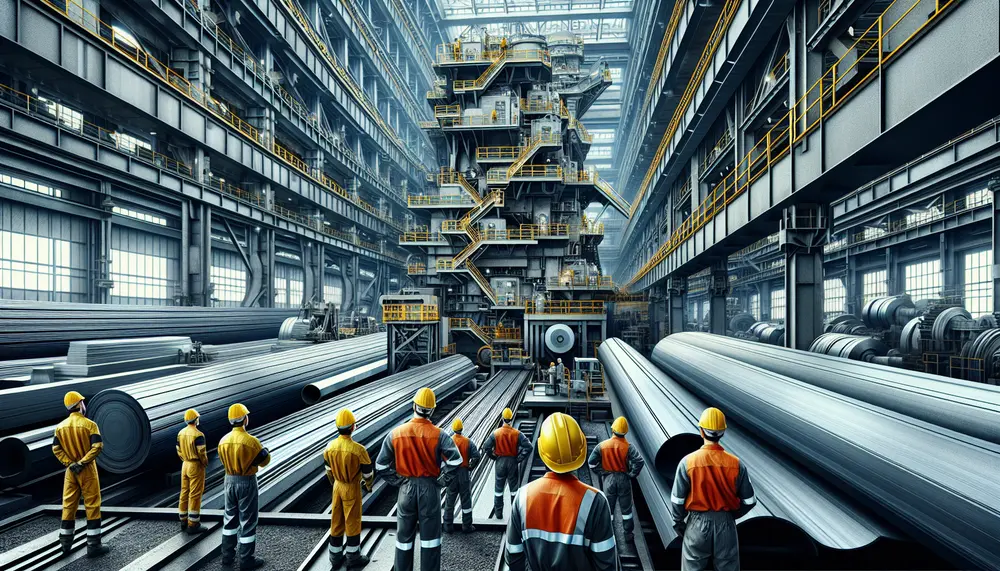
Steelmaking transforms iron ore into steel, involving processes like smelting and primary steelmaking methods such as Basic Oxygen Steelmaking (BOS) or Electric Arc Furnace (EAF), with additives enhancing properties. Understanding these basics aids in mastering industry-specific terminology crucial for various...
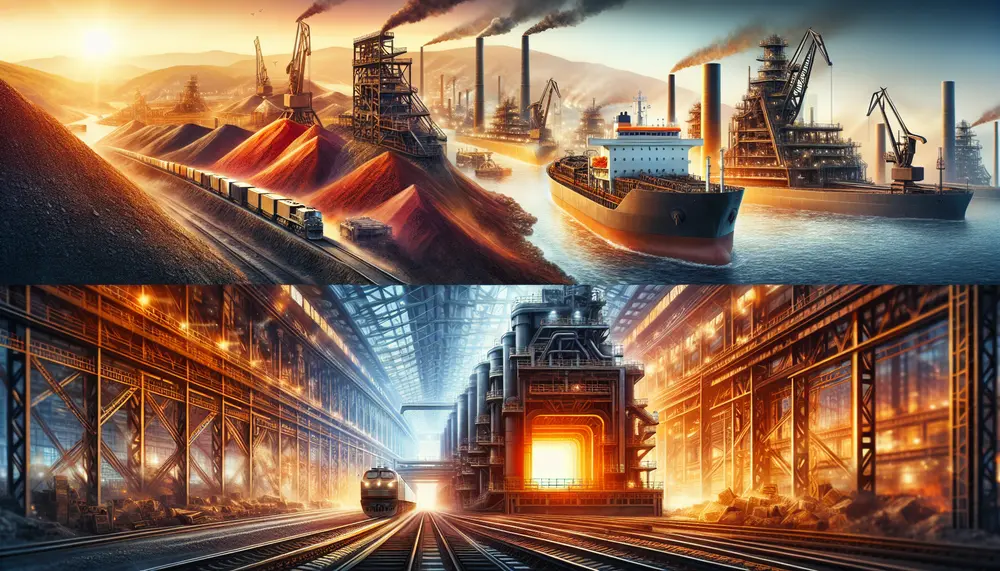
The steel making process transforms iron ore into a vital and robust material through complex technical procedures, reflecting human ingenuity and progress. This journey from extraction to the final product involves meticulous steps including smelting in blast furnaces, oxidation for...
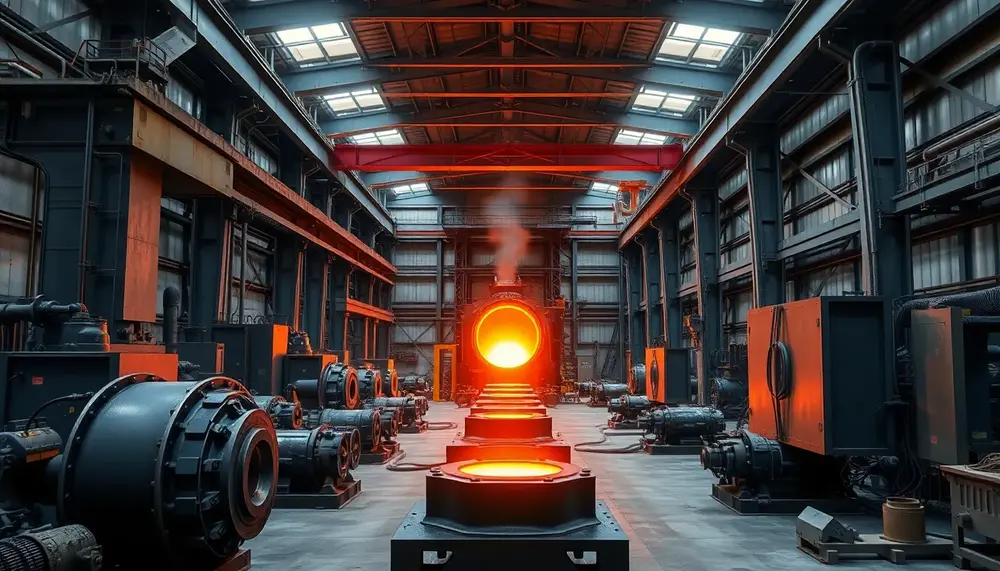
Steel production is a complex process combining traditional methods and modern technology to transform raw materials into versatile, durable products essential for industries like construction, automotive, energy, and consumer goods. Its adaptability ensures steel remains vital in innovation and sustainable...
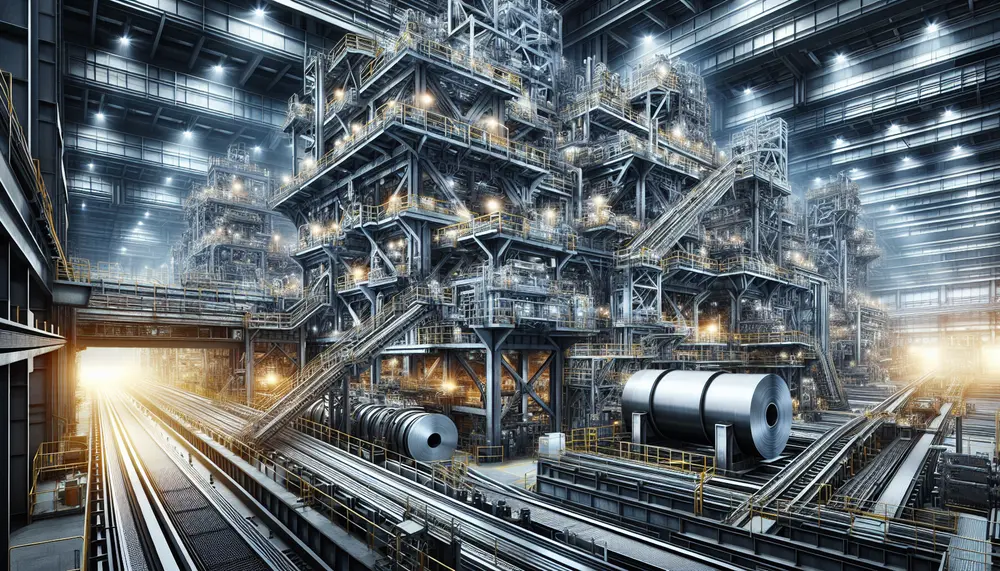
Steel making is a complex process that refines raw materials into steel, involving steps like removing impurities and adding alloying elements. Modern methods include Basic Oxygen Steelmaking (BOF) and Electric Arc Furnace (EAF), with advancements in continuous casting and technology...
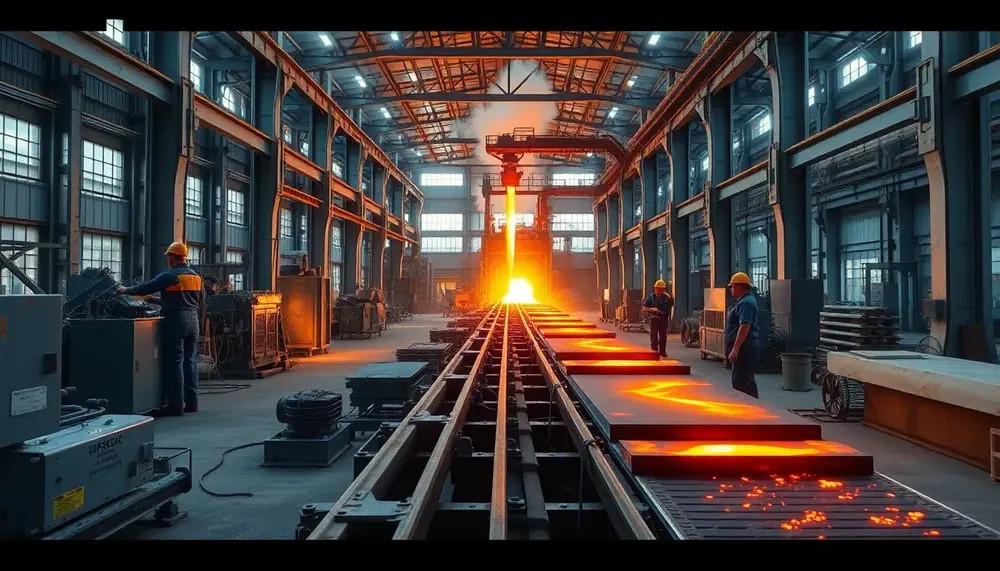
The article emphasizes the importance of visually presenting the steel manufacturing process through engaging PowerPoint slides, breaking down complex steps like raw material preparation and blast furnace operations using diagrams, animations, and concise text to enhance understanding for diverse audiences....

